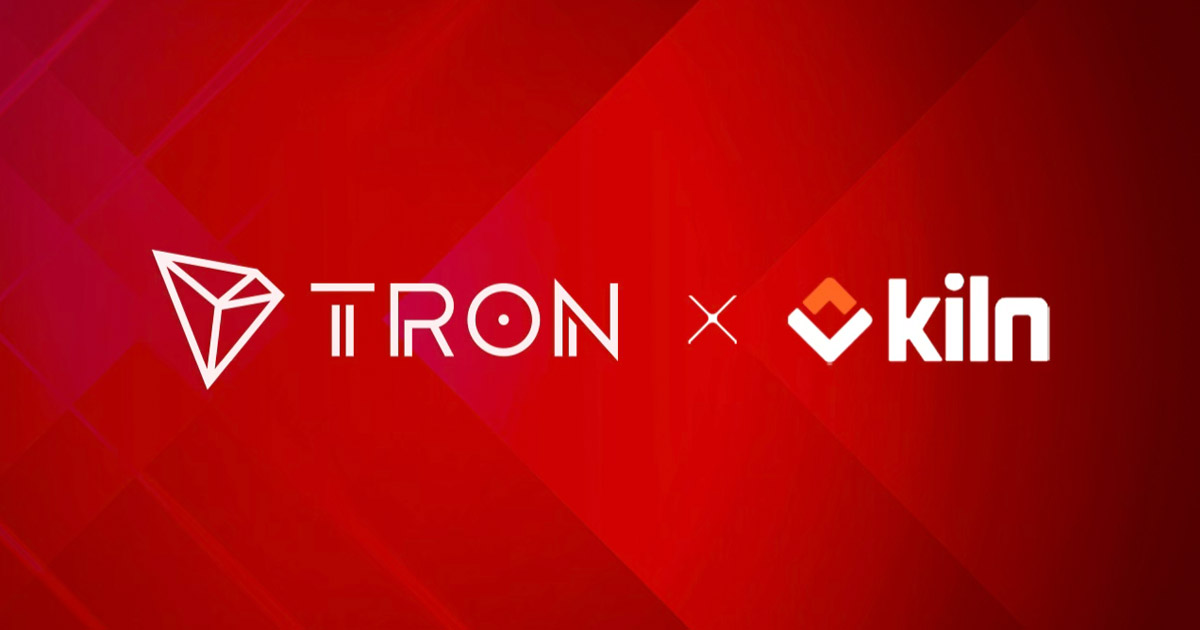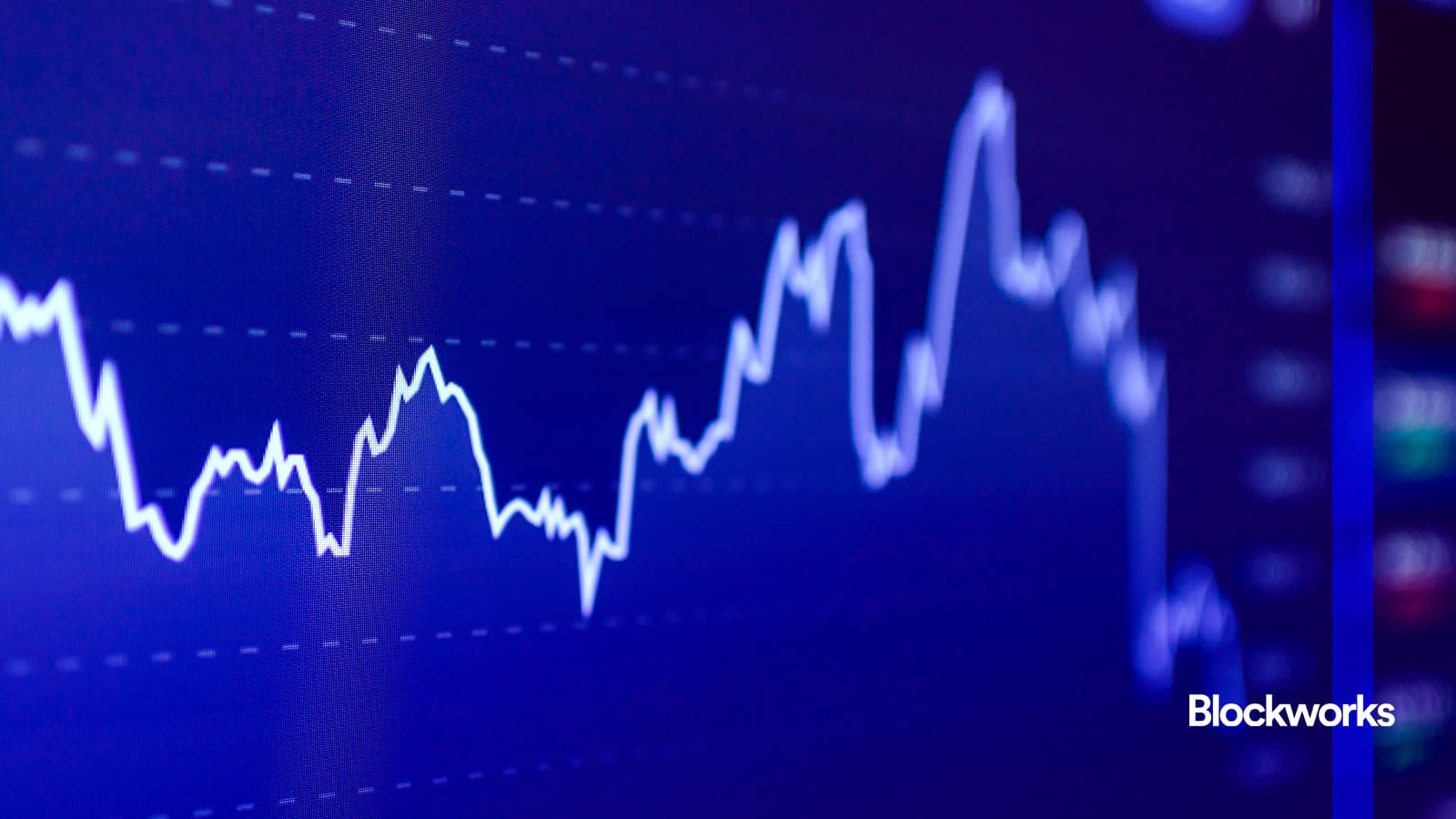 CaryptosHeadlines Media Has Launched Its Native Token CHT.
Airdrop Is Live For Everyone, Claim Instant 5000 CHT Tokens Worth Of $50 USDT.
Join the Airdrop at the official website,
CryptosHeadlinesToken.com
CaryptosHeadlines Media Has Launched Its Native Token CHT.
Airdrop Is Live For Everyone, Claim Instant 5000 CHT Tokens Worth Of $50 USDT.
Join the Airdrop at the official website,
CryptosHeadlinesToken.com

Tesla shares jumped more than 7% on Thursday morning after President Donald Trump confirmed a new 25% tariff on all vehicles made outside the United States.
The announcement dropped Wednesday and goes into effect next week. Traders across Wall Street moved fast, sending Tesla stock flying while Detroit automakers got hammered.
The 25% import tax applies to every car not assembled in the U.S. And that’s why Tesla, which builds all of its cars domestically, suddenly looked like the safest bet in a messy situation. Investors didn’t hesitate. The reaction was instant. While Tesla climbed, Ford fell 3%, GM sank almost 8%, and Stellantis dropped over 2%.
Analysts call Tesla the biggest winner
Wall Street didn’t waste time picking sides. Daniel Roeska, an analyst at Bernstein, wrote Thursday, “Tesla wins, Detroit bleeds.” He called the company a “clear structural winner” and said its U.S.-based production base shields it from most of the damage.
Daniel also warned that Ford and General Motors could lose up to 30% of their EBIT this year under the new policy. “For everyone else, this is a margin reset and real drag on near-term earnings power,” he said.
Joseph Spak, an analyst at UBS, said Tesla and Rivian are in better shape than the rest of the auto industry, since both assemble their vehicles entirely in the United States. He said they could “fare better” once the tariffs take effect. Rivian’s stock also jumped nearly 5% Thursday. But Joseph didn’t sugarcoat it for the others. He said, “There will clearly be some pain.”
Itay Michaeli, an analyst at TD Cowen, said Tesla looks like a “relative winner” thanks to its strong domestic sourcing. He pointed out that this especially benefits the Model Y, which competes in the midsize crossover category.
That segment is now hit hard, with nearly half of all vehicles in it facing the new 25% import tax. Itay said it’s likely that some of those costs get passed straight to the consumer, making those cars more expensive than ever.
Even with Thursday’s boost, Tesla is still down about 30% for the year. Some of that drop has been blamed on the political backlash surrounding Elon Musk, who’s been a close advisor to Trump and currently heads the president’s government efficiency program.
Earlier this month, Trump said he would buy a Tesla as a show of support. But he also said Musk had nothing to do with the new tariff plan because of a potential conflict of interest.
Automakers expected to raise prices as tariffs take effect
Elon Musk responded directly on X, saying the new policy wasn’t all good news. “Important to note that Tesla is NOT unscathed here,” he wrote. “The tariff impact on Tesla is still significant.” So while the company might be better positioned than others, it’s not completely immune.
Most analysts still expect Tesla to recover further in the coming months. LSEG data shows that the majority of analysts covering the stock currently have a “buy” rating, with an average price target suggesting another 18% upside ahead.
Itay called the announcement “close to the worst case outcome” compared to what people expected from Trump’s trade policy. He said Ford may end up the least exposed of the three big legacy automakers, while Stellantis looks the most vulnerable based on what’s currently known about the policy.
Joseph said prices will likely jump fast across the board. He estimated that Ford and GM could see their vehicle prices climb between $4,000 and $5,000 per car if they try to offset the entire cost of the tariffs through pricing.
Still, not every analyst agrees on who will take the biggest hit. Edison Yu from Deutsche Bank put Ford and Tesla in the “most shielded” category. But Daniel from Bernstein said Stellantis might actually hold up better than Ford and GM. So there’s still disagreement on which of the Detroit Three takes the most damage.
Outside the U.S., the impact is hitting high-end automakers too. On Thursday, Ferrari said it would raise prices by 10% on certain models starting April 2. The company said any vehicles imported before that date would avoid the increase. But after that, new “commercial terms” will be in place for three of its model families — the 296, SF90, and Roma — though the prices for those three will stay the same.
The rest of the Ferrari lineup? Getting more expensive fast. The Purosangue SUV, 12Cilindri, and F80 are all going up by as much as 10%. That means an added $43,000 on a Purosangue, which already starts at $430,000. And for the F80, which begins at more than $3.5 million, buyers will be paying at least $350,000 more. That’s the cost of trade wars now.
Even with the price hike news, Ferrari stock held firm and ticked up slightly on Thursday morning. Meanwhile, Ford, GM, and Stellantis were still bleeding. By noon, Tesla had already locked in its gains as the clear favorite for now.
This entire shift started Wednesday night when Trump, now in his second term in the White House, confirmed the 25% tariff would start next week. The rule applies to every foreign-assembled vehicle—period. And while the fine print is still coming out, Wall Street isn’t waiting. Traders have already made up their minds.
Only one company builds 100% of its cars in the U.S. and also sells them at high volume. And right now, that company is Tesla.
Cryptopolitan Academy: Tired of market swings? Learn how DeFi can help you build steady passive income. Register Now












